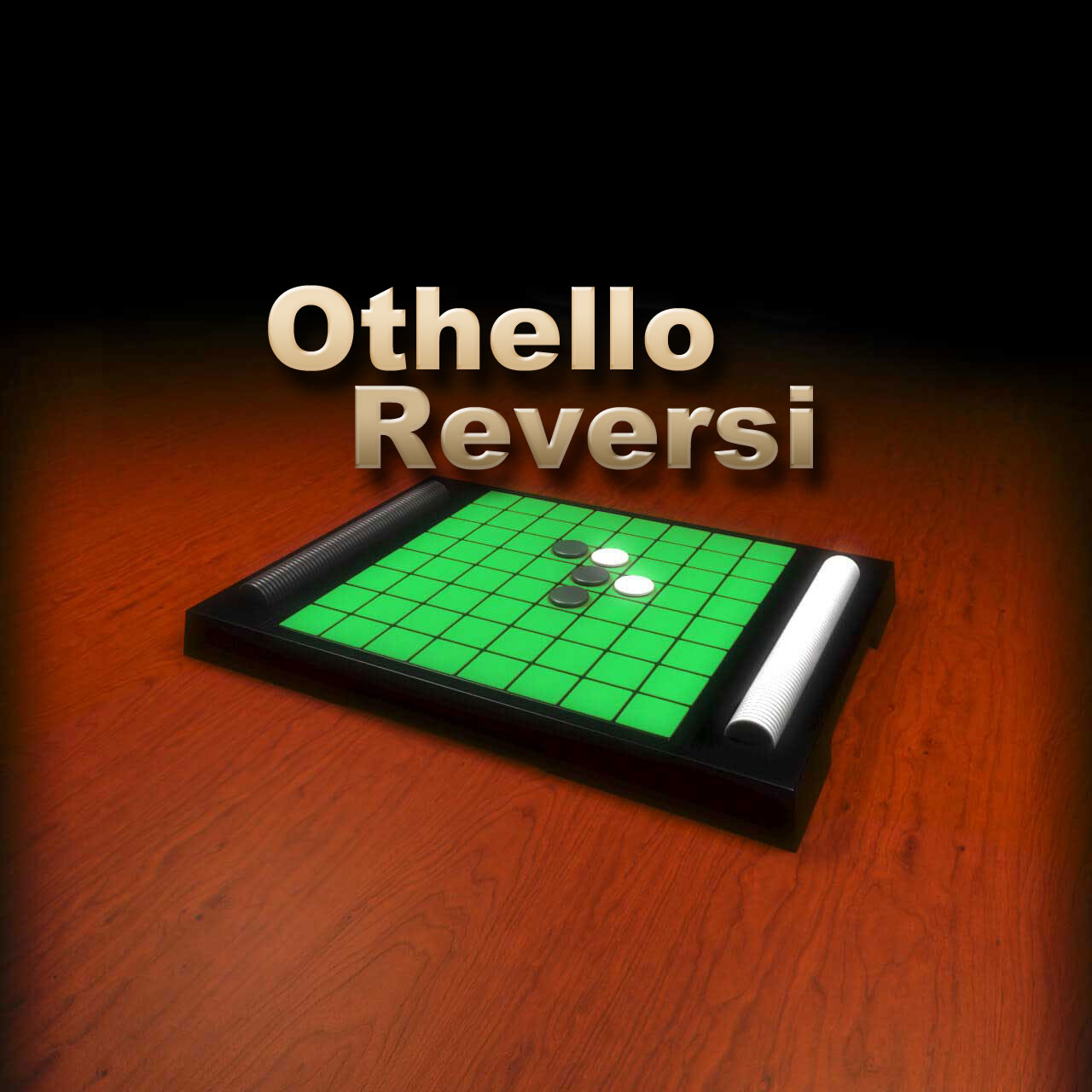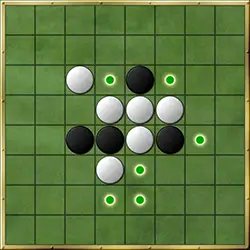

For each move you consider, you must consider possible responses from your opponent, then the subsequent responses you will make to those moves and so on. If you take into consideration certain squares in a region that seem very dangerous (like an X-square or an edge square that leads to an obvious trap) then you can either force your opponent to play elsewhere or to occupy one of these dangerous squares.Īs in any good strategy for chess or for checkers, a player should not consider only the current situation on the board. You achieved this by simply playing into that region at any time it has an odd number of squares available, and by not playing into it when it features an even number of squares. In the case of an odd number of squares, by playing there first you can force your opponent to play first outside of that region. By simply counting out the number of squares in a region, one can ascertain whether an odd or an even number of squares exist. In general you should avoid edge play in the early and middle game if possible, unless you can gain larger concessions in terms of mobility or a mass of unflippable pieces.Īs play progresses, regions of the board will typically section themselves off where neither side can prevent the other from playing arbitrarily into those regions. Playing to the edge squares adjacent to the corner can typically lead to tactical traps involving sacrificing one corner, or simply playing out the edge in a specific sequence. The square immediately diagonally adjacent to the corner (called the X-square), when played in the early or middle game, typically guarantees the loss of that corner. However sometimes playing to an edge where your opponent cannot easily respond to will leave that opponent with significantly fewer available moves. Because of that, this can, sooner or later, poison later moves that you make by causing you to flip too many pieces and open up many moves for your opponent. Edge-pieces can anchor flips that influence moves to all regions of the board. While playing pieces to edges of the board may seem sound (because they cannot be flipped easily), this can often prove detrimental. One should not play the minimum disc strategy to an extreme, however, as this also can quickly lead to a lack of mobility. When moves seem equal with respect to what moves you will leave yourself and your opponent, playing a minimum piece strategy will tend to advantage you, because minimizing your discs will tend to leave fewer discs for your opponent to flip in subsequent moves of the game. In such situations you can dictate what moves your opponent can make. An ideal position involves having all your pieces in the center surrounded by your opponent's pieces. If you consistently restrict the number of legal moves your opponent can make, then sooner or later they will have to make an undesirable move. The best way to achieve that involves reducing the number of moves available to your opponent.

So to achieve these good moves, you must force your opponent to play moves which relinquish those good moves. More generally, a piece is stable when, in all four directions, it is on a boundary, in a filled row, or next to a stable piece of the same color.Īn opponent playing with reasonable strategy will not so easily relinquish the corner or any other good moves. So capturing a corner often proves an effective strategy when the opportunity arises. Sweet-16 are the center 16 squares (c3 to f3, c4 to f4, c5 to f5, c6 to f6)Ĭorner positions, once played, remain immune to flipping for the rest of the game: thus a player can use a piece in a corner of the board to anchor groups of pieces (starting with the adjacent edges) permanently. There are some squares players have named:Įdge-pieces are piece in the outer rows or columns (a1 to h1) (a8 to h8) (a1 to a8) (h1 to h8)


 0 kommentar(er)
0 kommentar(er)
